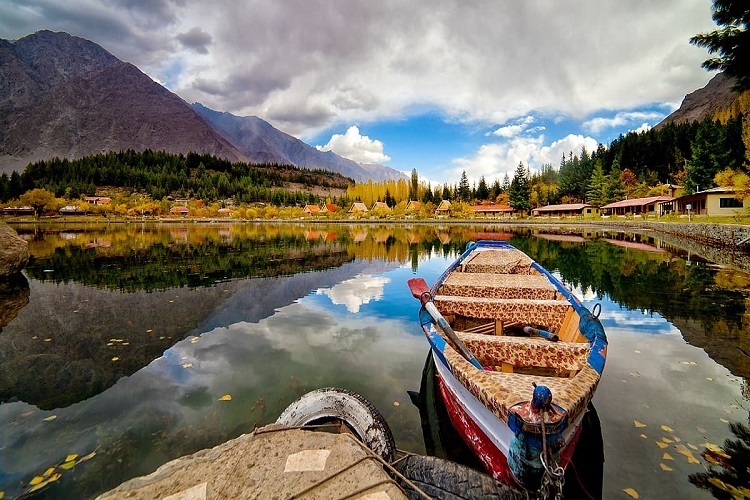How Beauty Tourism Continues To Flourish In The Pandemic
More and more people elect to travel for their beauty treatments and cosmetic surgeries. They do so because they believe the quality of care is better, or they can access treatments that they otherwise could not, or they will have to wait less to get treatments, because travel in itself is exciting and, this just might be the most important reason of all, because treatments and procedures overseas are cheaper.
It is not surprising then that the beauty tourism industry has been quietly growing throughout the pandemic. Botox, liposuction, rhinoplasty and veneers, among other beauty treatments and cosmetic surgeries, have become immensely popular.
Brands are increasingly capitalizing on this wave of demand, providing consumers with safer, more accessible, and oftentimes, cheaper alternatives to procedures done abroad.
This trend will likely inspire a burst of innovation, such as lotions that reduce cellulite, or laser liposuction devices, new hair growth serums and teeth whiteners.
The European beauty tourism industry revolves around going to a spa town such as Vichy in France, or Spa in Belgium. The Asian beauty tourism industry is all about going to South Korea or Thailand for a bit of nip and tuck. Beauty travel is growing, driven by many factors, such as a desire to invest meaning in or even glamour to a trip, or the lure of cheaper treatments and procedures.
Such are the costs of beauty treatments and cosmetic surgery in the United States, that, even having accounted for the cost of travel and accommodation, travelers often make a saving compared to if they had had a treatment or procedure done back home. The biggest driver of beauty tourism is price and the price differential is huge.
The savings potential ranges from 15% to 85%, depending on whether a person is insured or uninsured, the country they are going to and the kind of treatment they are having.
According to Patients Beyond Borders, medical tourism, which includes cosmetic as well as dental surgery tourism, has swollen to an $87.5 billion market, with patients spending $3410 on average for each visit. This is inclusive of all costs associated with the trip, including accommodation, transport, the cost of the treatment, and the cost of inpatient stays. This compares extremely favourably to what patients would have paid in the United States, where you have to search hard to find, for example, the best botox at an affordable price.
In comparison the costs in the United States, Brazil is approximately 30% cheaper. A trip to India can result in savings of up to 60%. Thailand is 25% cheaper than the United States. In places like Costa Rica, Mexico, Taiwan and Turkey, it is possible to save 50% of what you would have paid in the United States.
So, for instance, a full facelift will set you back an average of $11,500 in America. On the other hand, that same procedure will cost approximately $3,300 in Malaysia, or $4750 in Mexico. Finally, a rhinoplasty normally costs approximately $4,800 in America, whereas a rhinoplasty in India costs just $1,400, rising to $1,600 in Thailand.


